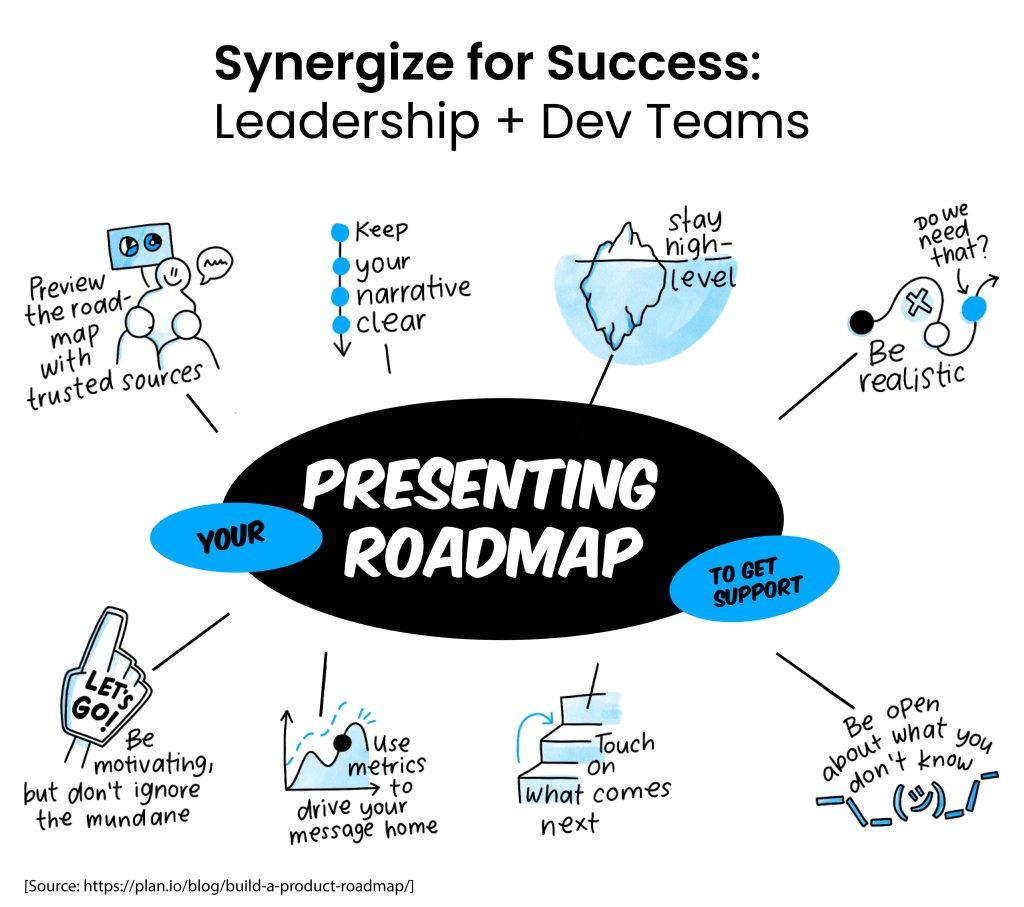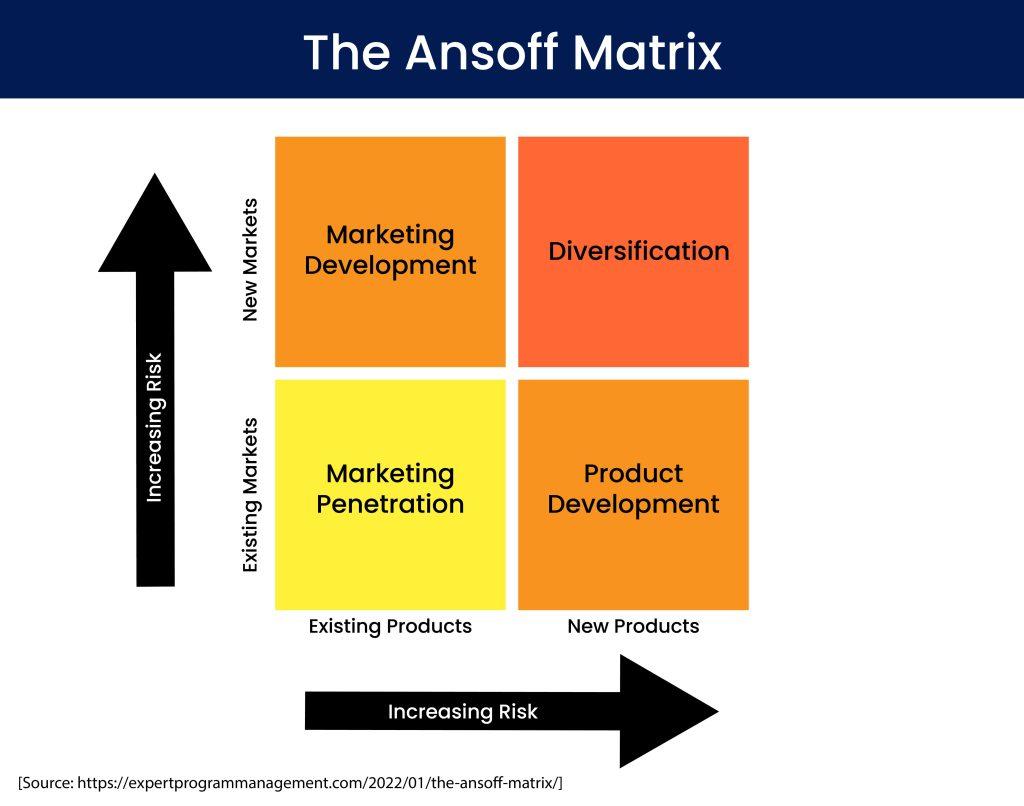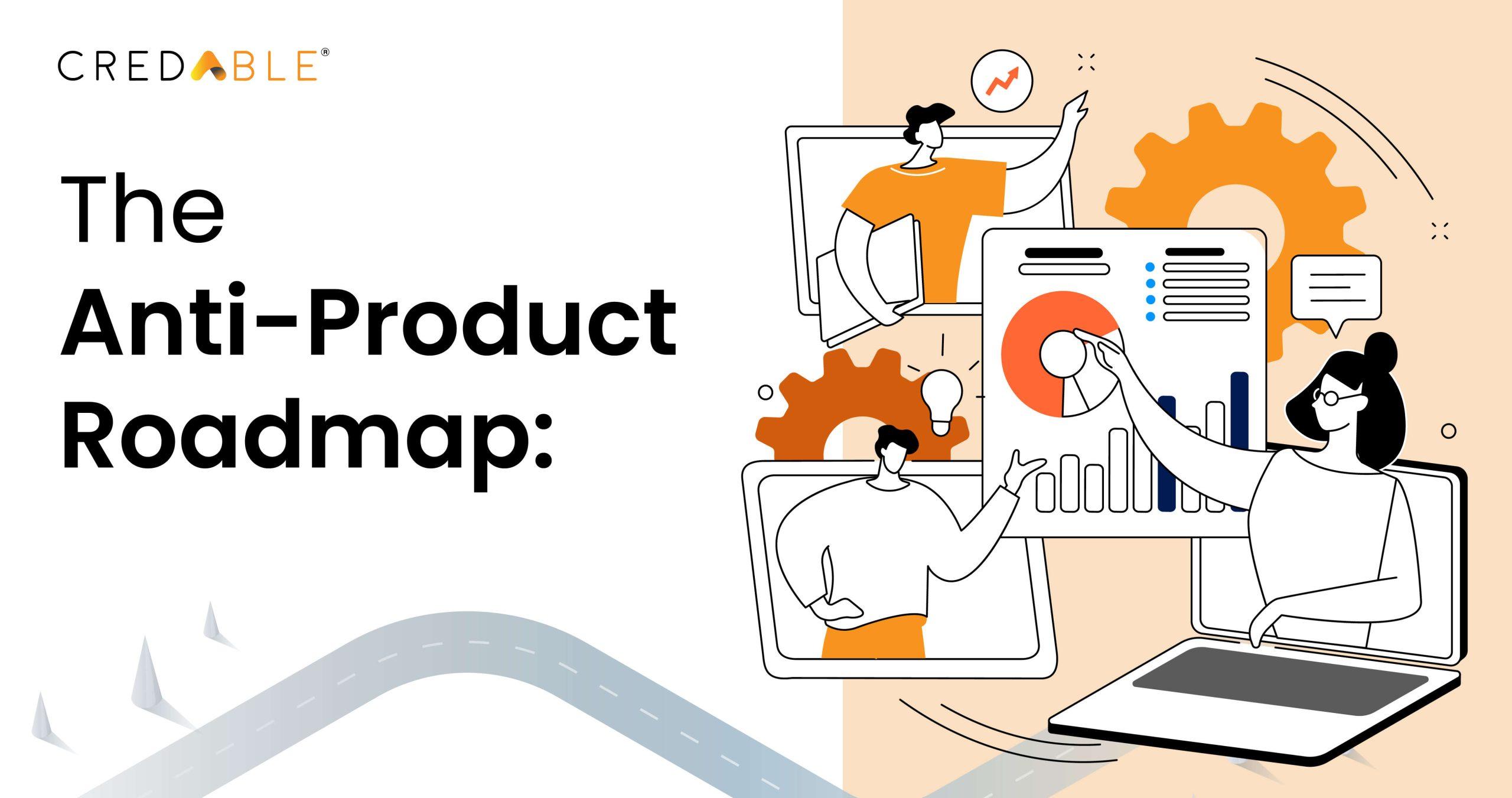The Anti-Product Roadmap: A Thoughtful Approach to Feature Streamlining
Product managers idolise the idea of building new features.
This is a given considering how most product managers are driven by the builder’s mentality. Product Managers (PMs) are looking to solve real-world problems, delight users with new experiences, and absolutely love the idea of bringing products to life.
PMs are responsible for driving the roadmap for an existing product. They aim to build and improve features to serve the needs of their target users.

While PMs are in the habit of adding, growing, and augmenting the product suite, not many identify with killing features.
Case in point: The feature factory is in full throttle, continuing to present a major challenge. The emphasis remains on generating outputs rather than achieving meaningful outcomes. An output-based product roadmap outlines what the product will do, its features, and the timeline for delivering these outputs. Whereas in an outcome-based product roadmap, the primary focus is on the value that the product will bring to the user. Prioritising outcomes over outputs empowers your team to discover alternative, sometimes even feature-free solutions.
Reports indicate that 54% of product roadmaps are designed around outputs or features. Only 44% of product roadmaps focus on the critical communication of outcomes, in other words, the product’s strategic intent.
As a result, there has been very little talk about feature deprecation.
But this is changing now. We’re seeing an interesting development in recent times where feature deprecation is considered just as important as feature development.
As conversations around killing features are picking up steam, we take a quick look at why it’s time to build the anti-product roadmap or in other words, sketch out a plan to remove features that don’t move the needle.
The traditional approach: Current state of affairs
Building products is an extremely iterative process. A product roadmap will never be a one-and-done event. The problem is, and this happens to the best of the teams out there—you start building features that your customers want. Not what customers need. You then end up with a product that is cluttered, complex, and confusing.
The question we need to ask ourselves is—could the feature we feel needs improvement, actually be one that needs removal?
This is where the anti-product roadmap comes in handy.
The anti-product roadmap is all about going back to the drawing board and identifying features to remove, in turn, reducing complexity and increasing agility.
Businesses are now more open than ever to killing features.
Why is this happening?
● Based on The 2023 State of Product Management Report's survey, 19% of respondents believe that poorly prioritised features are the primary cause for product development investments failing to meet the expectations of senior management.
● Every feature in your product requires maintenance and costs money to support.
● Features that exist on the fray only complicate user workflows and risk taking attention from the core product.
Challenging the ‘more features = more clients = more revenue’ concept
Confidence in every feature of your product is a must. If you find yourself second-guessing the need for a feature, perhaps you’re looking at a feature that you need to do away with.

Here’s the thing—allowing non-contributing or deadweight features to remain within your product can be more harmful than you think. Too many features will dilute your core value and spread your teams too thin.
● Expense and effort: Every feature needs to function properly and this means that engineering bandwidth is required to squash bugs as they arise. Moreover, a lot of money goes into maintaining these non-performing features.
● Monetisation challenges: Effective monetisation doesn't apply universally to all features; simply because some are inherently more challenging to capitalise on.
● Hit or miss features: Though features are costly to maintain, most of them are built as hooks to attract clients. In these scenarios, some features succeed, while others fall short in driving profits.
● Feature creep consequences: Feature creep is one of the most dangerous issues in software development. You build features to please your customers, in the hopes of improving your bottom line. But you only end up with a product that is no longer considered user-friendly.
To avoid feature creep and all of the other pitfalls, you need the anti-product roadmap—an ideal framework for deciding what features to build and what to avoid.
"Create a 'kill list' identifying items for potential removal. Collaborate with others, discussing the rationale behind retiring each item.”
The need for an anti-product roadmap
With the anti-product roadmap, you get to introduce a strong culture of retiring features. In the absence of which—you end up spending hours on maintaining and enhancing 'marginal utility features', compromising the speed and velocity of decision-making.
Effectively eliminating features without customer loss hinges on applying the same prioritisation, collaboration, and roadmapping efforts as one would in developing new features.
An anti-product roadmap may not be the most ideal solution for realigning your product's direction. Having said that, the intentional exclusion of certain features and problems—is by far one of the most powerful mechanisms to sidestep feature creep.

➔ So, what is your anti-product roadmap?
➔ When should you kill a feature?
Stay tuned for our next post where we delve deeper into the anti-product roadmap and explore how removing features is a powerful way to advance your product. We’re covering examples, product prioritisation frameworks, and a whole lot more to help you build a robust anti-product roadmap.
Think Working Capital… Think CredAble!
